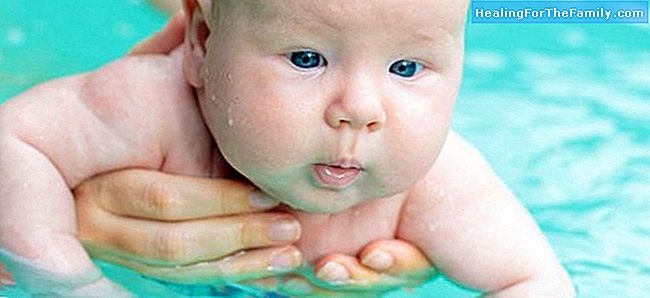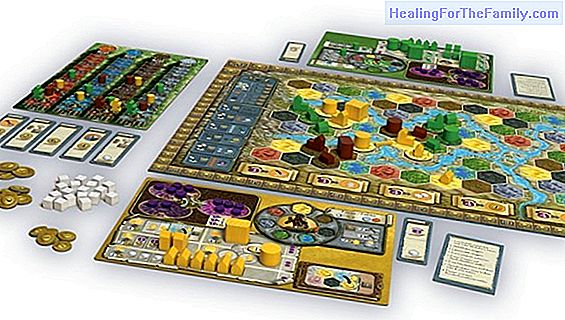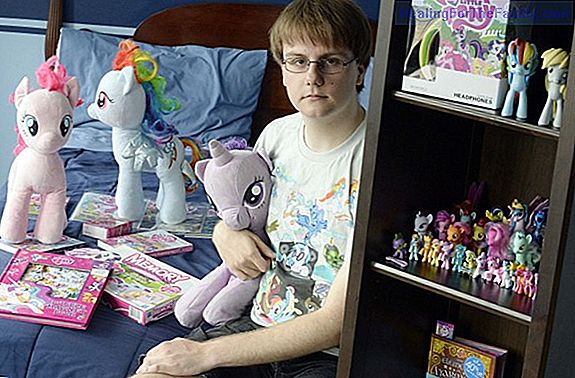Babies in the water. How to learn to swim
Many parents worry that their children do not know how to defend themselves in the water, which can endanger their lives, so one of the lessons that children should learn is learn to swim. Cruz Lobo Sanz, Child Education and Aquatic Activity Monitor at the Baby Swim pool in Madrid, explains how babi
Many parents worry that their children do not know how to defend themselves in the water, which can endanger their lives, so one of the lessons that children should learn is learn to swim.
Cruz Lobo Sanz, Child Education and Aquatic Activity Monitor at the Baby Swim pool in Madrid, explains how babies over one year old can become familiar with water and develop skills in the aquatic environment.
Advantages and benefits of aquatic initiation for babies

Swimming is an activity that stimulates the whole locomotor system through psychomotricity exercises and it is good for them to be more clever in all senses.
Babies who have contact with water 'will start crawling, walking, moving, communicating even with other children, because we usually work in groups with more than one child,' explains Cruz Lobo. They look more willing and more awake. In the aquatic initiation they learn not only to float, but also to play in the water, to move the legs and to strengthen the ridge.
It is beneficial for the respiratory system and for the heart. It is, in short, a very complete activity, especially for babies who are just beginning to discover the outside world.
In addition to all these physical and healthy benefits, the aquatic environment helps to establish the emotional bond between parents and children. "It's a very relaxing activity for the parents, too, because when they are with their babies they disconnect, the phone does not ring and they are with their baby," says Cruz Lobo. They feel happy to see their baby happy and calm in the water, and a very important and special bond is created.
How babies learn to swim
After 15 months, although it also depends as soon as the child begins to become familiar with water, their learning is a little faster, because they already know how to walk and this makes them move better.
Work begins with babies helped with material, that is, with different materials in a vertical position, moving the legs in the doggy style and the little arms. "And as we are removing flotation material and putting it in the swimsuit, the child is acquiring another position more and more horizontal, the position that will acquire when he is older" says Cruz Lobo.
With two years, the babies still will not swim as an adult, we have to be aware that the child has a process of psychomotor development that we can not skip.












